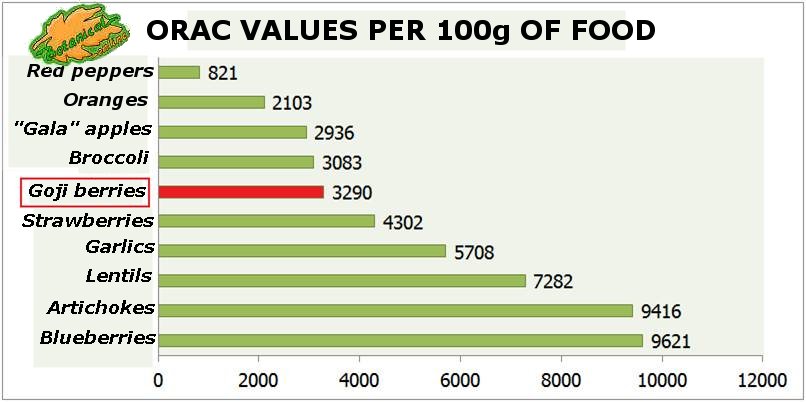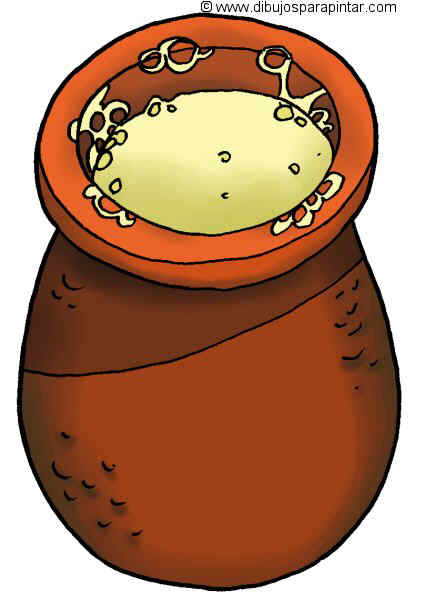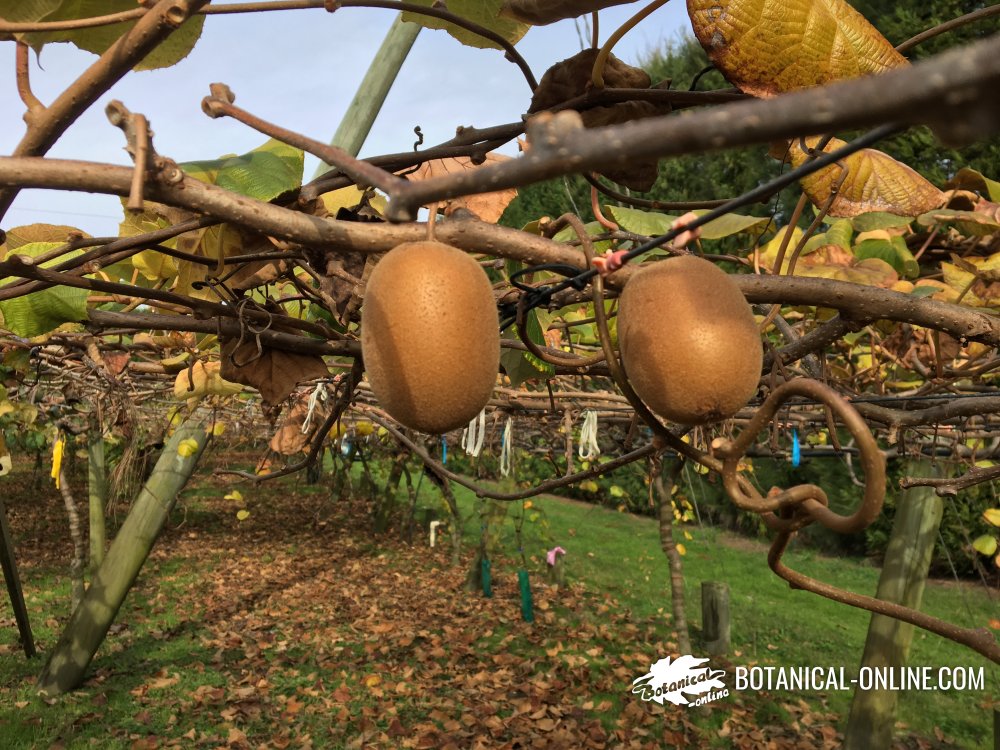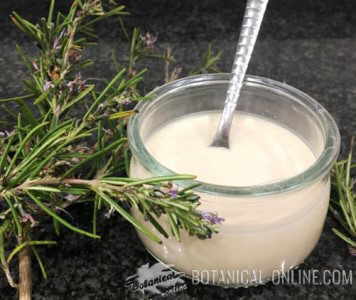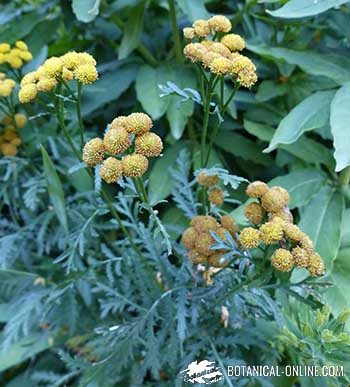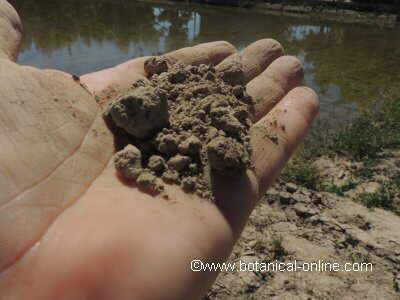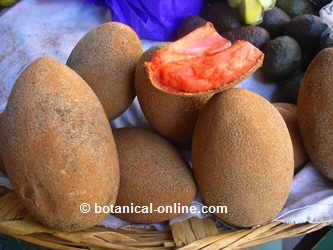Contents
What is a clary sage?
Characteristics of clary sage?
– Common English name: Clary sage, Clear Eye, European sage, Tuylu Adacayi, Amaro, Salvia romana, Clary
– Scientific name: Salvia sclarea L.
– Taxonomic synonym (not accepted): Salvia sclarea var. Turkestaniana Mottet
*See: Clary sage in other languages
– Family: Mint family (Lamiaceae or Labiatae)
Habitat. Were to find clary sage?
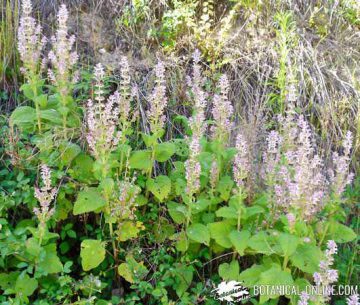
It is found on stony, dry terrain, near roads. Formerly cultivated plant that can still be found near rural towns and villages.
Description of clary sage
Clary sage is a great size species of sage, which can easily reach 1 meter, when it is in bloom.
Biennial plant with thick, hard, very woody quadrangular stems, sometimes violet, .
Large, wide, ovate, corrugated leaves up to 20 cm, wrinkled and hairy, white pubescent below. They remember a tongue. Basal leaves with petiole, the upper ones are sessile.
Numerous flowers, white, violet or light pink, bilabiate. The flowers are grouped in inflorescences and have pink, concave bracts, finished in a thorn, viscous and always longer than the flowers. Corolla from 2 to 2.5 cm. Like all sages, it only has two stamens attached to the corolla.
It blooms between late spring and summer.
Collection and conservation of clary sage flowers and leaves
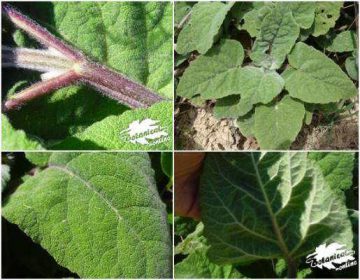
Leaves can be collected most of the year. Flowers when they are wide open, in summer. They both should be dried in a dark place and kept in a tightly closed and dry container. (The reading of these standards is recommended for the collection of wild plants.)
Uses of clary sage
- Garden plant: Clary sage or amaro is a species of large sage with big, hairy leaves. It is a very beautiful and decorative plant, grown both in gardening and ornamental. Having this plant in the garden is a delight because it spreads a very pleasant aroma, reminiscent of Tolu balsam (Miroxylon toluiferum = Myroxylon balsamum = Toluifera balsamum).
- Medicinal plant: The strong smell that the plant gives off is due to its richness in essential oils, present in leaves and flowers, which empowers it as a useful plant as a natural remedy in phytotherapy (see its properties explained later ).
- Aromatic herb (from sweet recipes): It is known that in Austria clary sage had been used as a pastry flavoring. It is said to smell pineapple (ananas) when added to jams, jellies and fruit compotes.
- Edible plant: The tender stems are consumed in salads. The leaves can be coated. Flowers for salads or decorative.
- Wine and liquor elaboration: Also used in the elaboration of herbal liqueurs. It gives odor to white wine and vermouth muscatel (in Italian it is known as muscatella sage and muscatella herb, that is to say “muscatel sage or herb”). In some countries in northern Europe it was used for the manufacture of beer, when there was not enough hops.
Composition of Roman sage or amaro
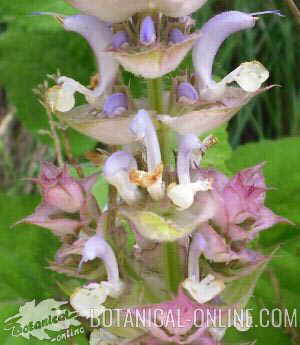
- Essential oil or esoteric essence (1-2%): Modern analyzes indicate that Roman sage essential oil is rich in linalyl acetate and linalool, and to a lesser extent: citral, geraniol, geranial, neral, d-germacrene, nerol , alpha-terpineol, myrcene, p-cimeno, gamma-terpinen, limonene, alpha pinene, beta myrcene, etc.
The composition of the essential oil may vary according to the cultivation conditions. - Crystallized alcohol: Several authors describe the presence of a crystallized alcohol called Sclareol (bactericide, pesticide, compound used in perfumery).
- Mucilage (Plant)
- Fats (Seeds): linolenic, oleic, linoleic, palmitic, stearic acid
- Acids: Rosmarinic acid, ursolic acid (Plant)
- Tannins (Plant)
![]() More information on sage medicinal properties
More information on sage medicinal properties

